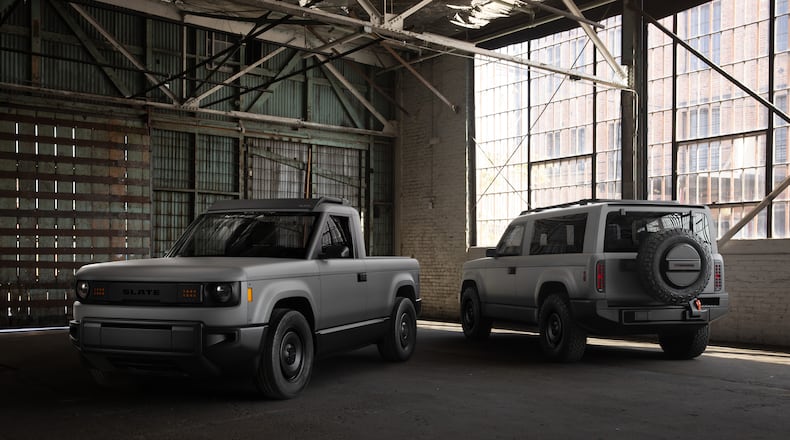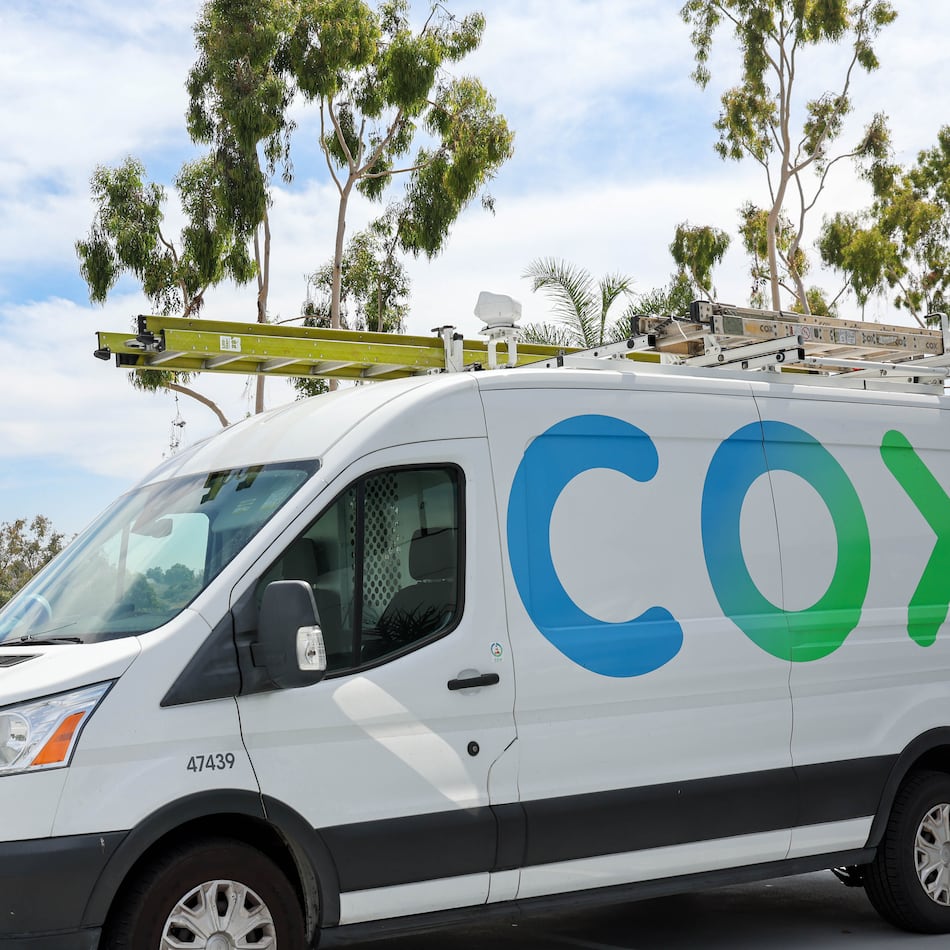The most interesting new vehicle in America has hand-cranked windows.
This vehicle lacks a touchscreen. It lacks an engine. It lacks a choice of paint colors.
It’s a pickup truck, but it lacks impressive towing and payload figures for a hoarse announcer to shout over distorted guitars in a halftime commercial.
It lacks a name.
Meet the Slate Truck. Yes, the model name appears to be “Truck.”
This new pickup challenges everything Americans think and feel about trucks, and it enters a car market where that challenge is sorely needed.
The affordability crisis has hit cars hard
In 2017, automakers offered 36 models priced below $25,000. In 2025, they offer just 12. Nearly all of these vehicles are subcompact SUVs. Several of these sub-$25,000 vehicles exist on paper but are almost impossible to find at that price on a dealer’s lot.
At the other end of the scale, the number of vehicles starting at over $60,000 has ballooned. In 2017, mainstream manufacturers built 61 models priced over $60,000. Today, the number is more than 100.
It’s easy to understand why this happened. With high interest rates and parts shortages, automakers focused on using the supplies they could get to build cars for the wealthier people who could easily buy cars.
That strategy has left the market for affordable vehicles wildly underserved.
Every new car is loaded
Feature creep also means the manufacturers load nearly every new car you can buy with high-tech goodies. The least expensive new car in America, the 2025 Nissan Versa, mirrors your phone on its touchscreen and offers adaptive cruise control and wireless device charging.
Not everyone wants a complex vehicle with lots of failure points.
Just enough truck
Enter the Slate.
A startup partly funded by Amazon founder Jeff Bezos (more on that in a moment), the Slate is a small electric pickup with seating for two and a five-foot bed.
Its cabin is minimalistic and neat but sparse. If you want a touchscreen, the Slate has a USB-C jack and a place to mount a tablet.
Credit: Special
Credit: Special
This pickup truck is electric. In base form, it has an advertised range of 150 miles (though a model with a 240-mile battery is available). The truck can carry a payload of up to 1,400 pounds and can tow up to 1,000 pounds.
The numbers aren’t impressive but indicate more capability than many need. The U.S. Department of Transportation says the average American drives under 40 miles daily, and most customers looking seriously at a Slate probably want it to haul mountain bikes or weekend project supplies from the hardware store, not a contractor’s load of bricks.
Hyper-customizable
Slate will sell the truck in just one color: gray. The company says it designed the body to be amenable to a vinyl wrap, and Slate will offer dozens of patterns and colors in that material. You can install the wrap yourself or pay Slate to do it.
Small businesses with delivery routes noticed that, too.
Credit: Special
Credit: Special
Inside, mounting points will accommodate cupholders and storage cubbies where you like (also for sale).
You will even be able to turn your Slate pickup into an SUV all by yourself. Slate will sell flat-pack kits, Ikea-style, to add rear seats, air bags and one of two roofs (squared off or fastback). Again, you can do the work or pay Slate.
A low price and made in the USA
Slate hasn’t finalized pricing but says it aims for a final price under $20,000 after federal EV tax rebates. To ensure the truck qualifies for the full $7,500 rebate, they’ll build it in Indiana and use a simpler battery technology that doesn’t require imported rare earth metals.
The simpler battery technology limits its range, but simple and affordable is the entire pitch here. If you want a truck that does everything and goes 400 miles between charges, you can find many other options.
The opposite of most EV builders’ plans
America has many EV startups. Each startup that has reached a few birthdays has followed the same business plan.
Companies like Tesla, Rivian and Lucid all started with expensive luxury models. They hope to use sales of those vehicles to pay for their research and development, introducing less costly cars as they grow.
Slate has taken the reverse tactic by starting with a simple truck it hopes to sell for an average net price of under $20,000.
It’s a bold move. Starting a new automaker is one of the most difficult challenges in business because it requires immense outlays of cash and many years of losses before turning a profit. Tesla, the industry’s most recent success story, made its first profit selling cars in its 19th year in operation.
Following the map in the opposite direction seems like playing the game in hard mode. However, two groups of entrepreneurs populate Slate. One group comprises auto industry veterans who can design cars successfully. The other group migrated from Amazon, which is perhaps the world’s greatest logistics success story.
Credit: Special
Credit: Special
The Slate Truck is, arguably, an Amazon Basics pickup. I’m willing to bet that these groups know how to make the basic business model work.
Even its puppy-growing-into-its-paws look is a hit in our editorial room, where veteran automotive journalists see hints of Land Rover and baby Bronco.
Slate’s design is also a departure from another EV truck startup, Telo. Telo’s MT1 is a mighty mite of a pickup that’s the size of a Mini Cooper, but it’s also twice as expensive as the Slate Truck.
A thirst exists
I’ve been writing about cars for decades. My job requires me to drive everything from high-end luxury sports cars to bare-bones economy cars to understand the market.
So, I’ll confess my biases here. Critics suffer from a disease that makes anyone who sees all of an industry’s output love the weird stuff because it seems fresh. The average buyer doesn’t want the odd stuff. The sameness among car designs reflects Americans expressing a preference.
Still, the Slate Truck has me excited.
Maybe it’s because my parents brought me home from the hospital in a Datsun 620, but I’ve always had a deep affection for a small truck that could lug home a weekend’s worth of plantings and topsoil and didn’t need to prove itself towing a train on TV.
The national affordability crisis has our attention. If Slate succeeds, I hope other automakers will see the market for cars anyone can afford.
And yes, Slate will sell you power windows as an option if you want them.
Sean Tucker reports for Kelley Blue Book from Washington, D.C., where he has covered the auto and energy industries for a quarter-century.
The Steering Column is a weekly consumer auto column from Cox Automotive. Cox Automotive and The Atlanta Journal-Constitution are owned by parent company, Atlanta-based Cox Enterprises.
About the Author
Keep Reading
The Latest
Featured







